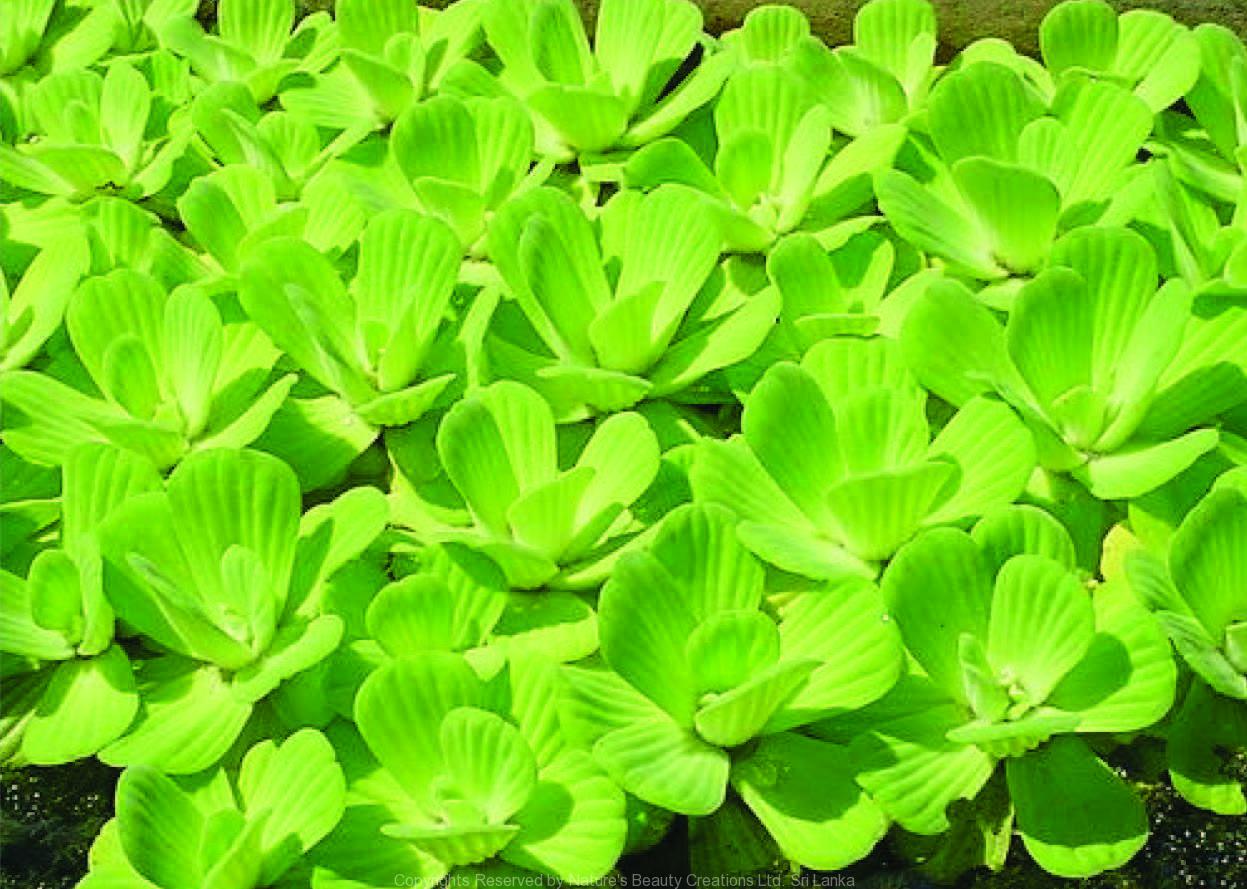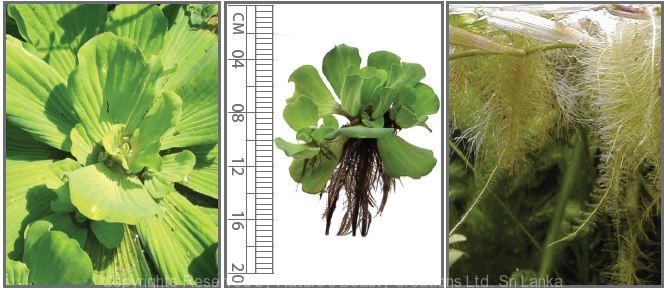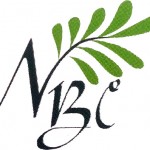

Traditional Knowledge
Useful plant parts :
Whole plant, leaf and root
Uses in traditional medicine :
- Decoction of the whole plant acts as a diuretic, demulcent, coolant and is used to treat dysuria
- Decoction of the roots is a laxative and an emollient
- Infusion of the leaves is used to treat dysentery, cough, asthma, ring worms, boils and skin diseases
Scientific Research
Chemical constituents:
Acylsterylglucoside: sitoindoside l, glycosphinglipid: soya-cerebroside l, flavonoids: luteolin, chrysoeriol derivatives and β-sitosterol, daucoterol, 7 β-hydroxysitosterol from plant
Bioactivity :
Methanol extract of leaves: scavenges free radical and reduces free radical induced cell injury
Clinical:
References : Megha. J. H. A. et al., (2010), In vitro Evaluation of Free Radical Scavenging Activity of Pistia stratiotes, International Journal of ChemTech Research, 2(1),180-184. Liu, H. W. et al., (2008), Chemical constituents from the aquatic weed Pistia stratiotes, Springer Journals, 44(2), 236-239.
Copyrights Reserved By
Natures Beauty Creations




